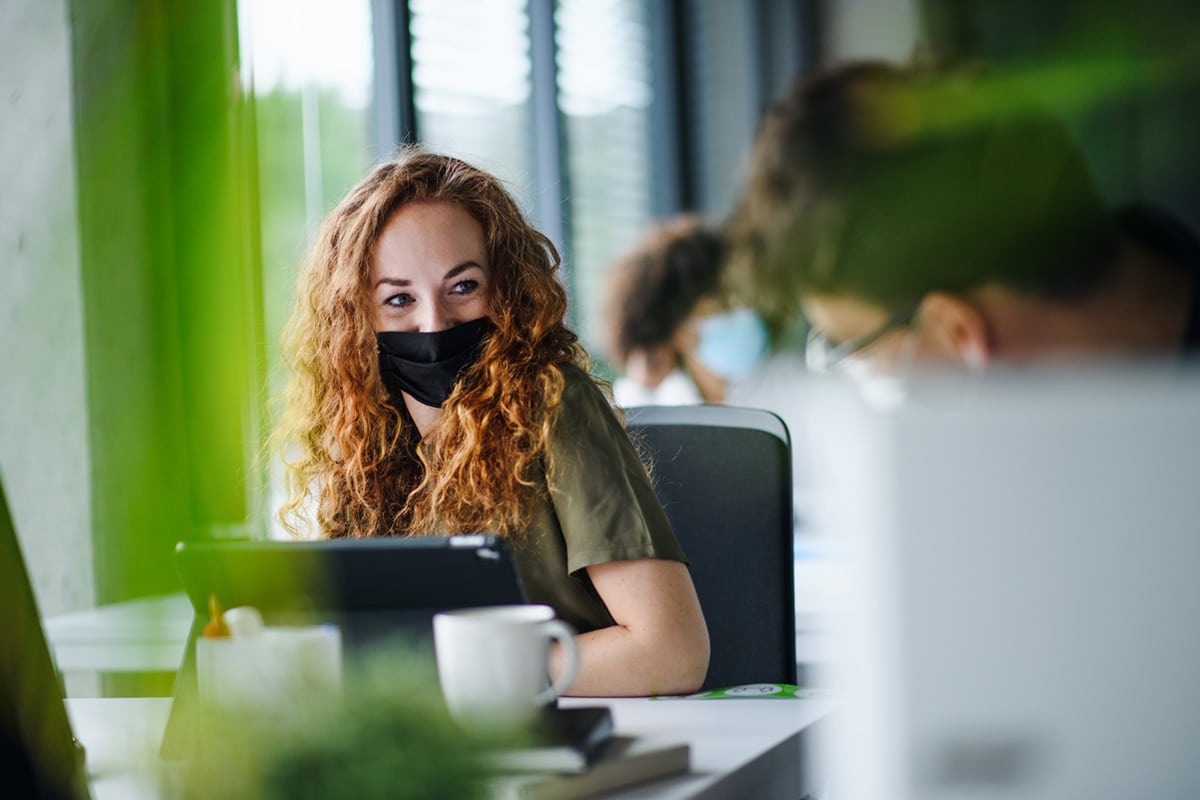2020 has been an unprecedented year and impacted every part of our lives. One thing we might not have considered the impact on is air quality. Here is how worldwide lockdown has impacted air quality…
Shutting down the world for a global pandemic had a significant impact on air quality, even as countries shut down weeks ahead of other countries as the virus arrived at different times. Airly aims to make air quality visible to all. Air is typically thought of as invisible. The lockdown proved that isn’t necessarily true, but visible air is not high quality air.

The lockdown ranged from mildly annoying to psychologically devastating on the individual level to countries teetering on the brink of economic collapse. There’s always a silver lining. With industry shut down for all but the absolute essentials and considerably less cars on the road, people were able to experience much higher quality air outside. Meanwhile, as governments ordered populations into their homes and people panic cleaned with whatever products they could get a hold of, indoor air quality went down.
Outdoors
The lockdown created a global industry shutdown. Less journeys were made by car. Flights were cancelled. People on the ground noticed the improved air quality immediately. You didn’t need a science degree or fancy NASA images or measuring equipment to notice. People could breathe. In more polluted cities, they could see clearly in front of them for the first time in their lives.
Satellite
The science backs up what people noticed. Nitrogen dioxide has been decreasing overtime, but lockdown saw a sharp drop. Nitrogen dioxide is released from cars, power plants and wastewater plants. In South Korea, pollution dropped to some of the lowest levels for seven years. Some cities scattered across the global saw air quality improve by as much as 60 per cent.
Indoors
Governments forced their populations into what was effectively house arrest during winter and spring months in the northern hemisphere. Places with a cold climate wanted to save on the heating bills and therefore didn’t open the windows until the weather warmed up. The global pandemic created a global hygiene panic, especially with public service announcements about hand washing and easily searchable information about how long cold viruses live on surfaces.
People now with a lot more time on their hands and a fear of a novel coronavirus turned to cleaning. Cleaning products are a major contributor to low indoor air quality, especially in poorly ventilated spaces. With panic buying, people were unable to find the products they’re used to and had to switch to unfamiliar brands. Everyone has a sparkling and disinfected home now, but it did come at the cost of the air quality inside. Some people were cleaning for the first time without realising certain products cannot be safely mixed together. The family at home meant increased used of air fresheners.
Cleaner Future
During lockdown, the world had a taste of what clean outdoor air is actually like, even if their living environments were polluted by cleaning products. Pressure on governments and everyone working together to reduce emissions can create cleaner air without the need for a global shut down.

